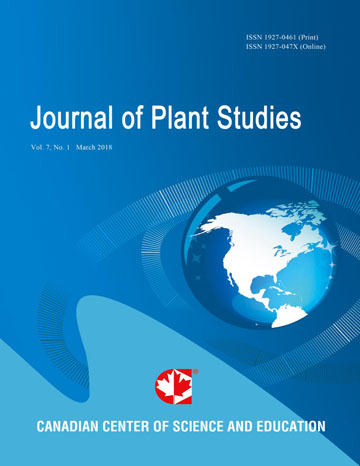Diversity of NTFPs and Their Utilization in Adilabad District of Andhra Pradesh, India
- Kanneboyena Omkar
- Sateesh Suthari
- Samata Alluri
- Ajmeera Ragan
- Vatsavaya Raju
Abstract
Adilabad in Andhra Pradesh is a backward district, with 37.72% of geographic area under forest cover and inhabited by 17.08% ethnic people who use the local tropical dry deciduous forests to extract Non-Timber Forest Products (NTFPs) for self-consumption and economic subsistence. The analysis of NTFPs in six forest divisions of Adilabad district, viz. Adilabad, Bellampalli, Jannaram, Kagaznagar, Mancherial and Nirmal reveals the use of consumptive category of goods like wild food plants, honey, oils, fodder, etc. on one hand and the non-consumptive items like gums, resins, gum-resins, dyes, wax, lac, fibers, fuel wood, charcoal, fencing material, brooms, wildlife products, raw materials like bamboo and cane for handicrafts, etc. besides the medicinal plants. The NTFP diversity shows the cognitive ability of the people while the products extracted belong to 183 flowering plant species which represent 149 genera of 64 families (164 Magnoliopsida; 19 Liliopsida). The Legumes dominate the list with 31 taxa, followed by Rubiaceae (11) and Euphorbiaceae (7). Most of the NTFP species are phanerophytes (61% trees) and indigenous. The government of Andhra Pradesh has a procurement policy and price index for select NTFPs by which the stakeholders get reasonable seasonal income through the collection and sale of beedi leaf, gums (karaya, thiruman, konda gogu), stem bark (narra mamidi), fleshy corolla (ippa), fruits (karakkaya, kunkudu), seeds (chilla, mushti, morli), etc.
 PDF
PDF
